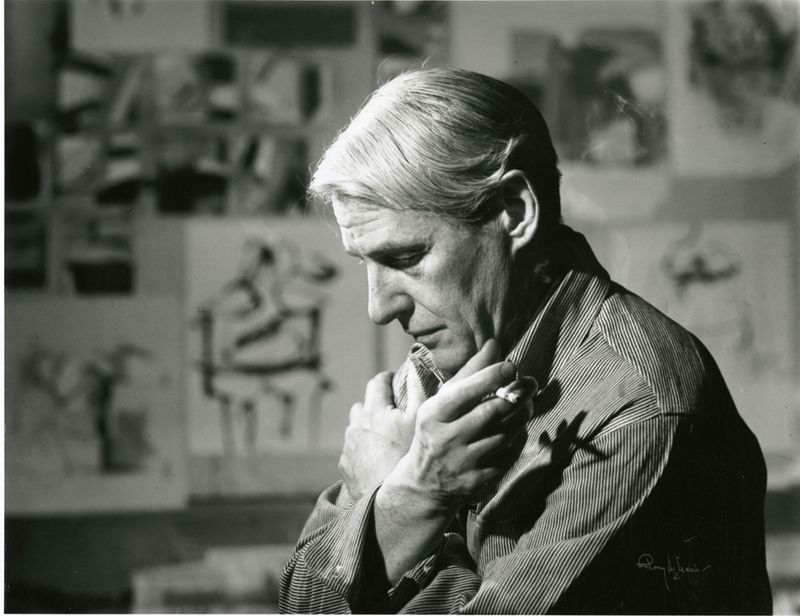In the deep waters of modern art, few names shine as brightly as Willem De Kooning.
The American artist, with his unmistakable dynamic style and bold approach to painting, shaped the aesthetics of the 20th century.
However, behind every brushstroke was a story, a journey that would deeply mark his artistic vision.
In particular, his sojourns in Italy left an indelible imprint on his work, a phenomenon explored in detail in the extraordinary exhibition at the Gallerie dell'Accademia in Venice.
See more about the exhibition Willem De Kooning Venice.
Willem De Kooning exhibition Venice: Travels in Italy
The beating heart of the exhibition "Willem De Kooning and Italy" lies in the two trips the artist took to the land of art and beauty: in 1959 and 1969.
These pilgrimages marked a significant turning point in De Kooning's artistic production.
From the vibrant "Parkway Paintings" to the frescoes that still enchant today, Italy provided the stage for a profound and lasting transformation.
From structured dynamism toitalian atmosphere:
Before his travels to Italy, De Kooning's works were characterized by dynamic structure and a bold color palette. However, Italian enchantment permeated his art, transforming his canvases into true emotional landscapes. Brightness, atmosphericity and spatial openness invaded his compositions while maintaining his unmistakable color balance.
The influence of the water landscape:
De Kooning's move to Hampton, on Long Island's East End, amplified the effect of the Italian experience.
Direct contact with the watery landscape permeated his works with iridescent reflections and a feeling of fluidity.
The three large nudes of the 1960s testify to this fusion of Italian experience and Hampton's seascape influence.
From painting to sculpture:
The 1970s saw De Kooning embrace sculpture with the same passion and boldness with which he had approached painting.
This new artistic chapter also found roots in his Italian experiences, with the monumentality, frontality, and twisting of his works recalling the Roman environment the artist had known.
The principle of a renewed mode of expression:
Among the works on display in the Venice exhibition, the "Black and White Romes" papers of 1959-60 emerge as a crucial turning point in De Kooning's artistic evolution.
These works represent the germ of a new mode of expression, where the fusion of the energy of paint and the reflection of line creates a palpable tension on the canvas.
They mark the beginning of a journey toward the very essence of form and space.
The exploration of drawings from the 1960s and 1970s:
Two rooms of the exhibition are devoted to drawings from the 1960s and 1970s, including those exhibited at the Spoleto Festival in '69.
Made with ink, charcoal and pencil, these drawings are a journey into the deconstruction and decomposition of planes, the twisting and turning of volumes.
They exude a sense of movement and fluidity, inviting the viewer to explore the depths of the image.
The encounter with plastics:
In 1969, De Kooning met his sculptor friend Herzl Emanuel in Rome, whose studio is located in the quaint Trastevere district.
This meeting marks the beginning of an exploration into the three-dimensional dimension of art. The resulting small terracotta creations, with their vaguely anthropomorphic forms, serve as prototypes for large-scale bronze casting.
The reflective surfaces, convexities and concavities of the material, along with the careful treatment of the twisted form, create works that invite the viewer to explore every angle, to get lost in the reflections and shadows dancing on the surface.
Willem De Kooning exhibition Venice
The De Kooning exhibition in Venice is more than just an exhibition of artworks. It is a journey into the very soul of the artist, an exploration of his influences, encounters and transformations.
Through the papers, drawings and plastic works, we can perceive the succession of De Kooning's thoughts and emotions, his relentless pursuit of form and beauty.
And in this journey, Venice stands as the perfect backdrop, a city steeped in history and magic, which inspired and shaped one of the greatest masters of modern art.

